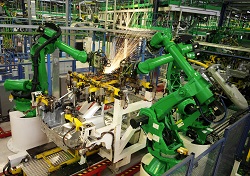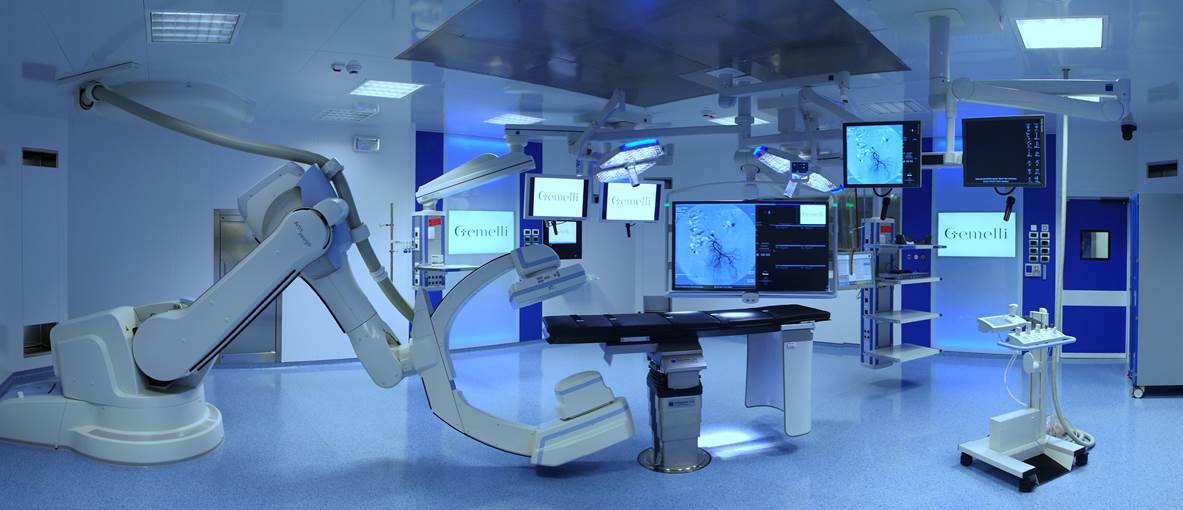APCO 1.111.2 | Public Safety Communications
- Home Page 449

OSTP | National Strategic Plan for Manufacturing
Many colleges, universities, trade and technical schools have stakeholders — either as faculty and students — in the United State manufacturing sector. Many allocated significant resources to facilities and grant administrators that support this activity. The American National Standards Institute (ANSI) encourages the US standards federation to participate in this process. Some of the questions to inform development of the plan are as follows:
- In priority order, what should be the near-term and long-term objectives for advanced manufacturing, including R&D objectives, the anticipated time frame for achieving the objectives, and the metrics for use in assessing progress toward the objectives?
- How can Federal agencies and federally funded R&D centers supporting advanced manufacturing R&D foster the transfer of R&D results into new manufacturing technologies and United States-based manufacturing of new products and processes for the benefit of society to ensure national, energy, and economic security? What role can public-private partnerships play, and how should they be structured for maximum impact?
- What innovative tools, platforms, technologies are needed for advances in manufacturing? Of those that already exist, what are the barriers to their adoption?
- How can such Federal agencies and centers develop and strengthen all levels of manufacturing education and training programs to ensure an adequate, well-trained U.S. workforce for the new advanced manufacturing jobs of the future?
- How can such Federal agencies and centers assist small and medium-sized manufacturers in developing and implementing new products and processes?
- How would you assess the state of the following factors and how they impact innovation and competitiveness for United States advanced manufacturing?
Comments are due March 7th. You may access the page to review the complete document, to key in comments or to communicate directly with the agency leading this effort at this link: (Federal Register.)
IEC TC 56 | Dependability
The International Electrotechnical Commission (IEC) releases draft standards Committee Drafts for Votes (CDV’s) that are open for public review and comment; contingent upon national policies and coordination with national standards bodies such as USNC/IEC. (The Secretariat for Technical Committee 56 is the United Kingdom). We curate this action for the user interest in the education industry and university-affiliated medical research and healthcare delivery enterprises here (Recent CDV’s from IEC).
Of particular interest to subject matter experts in several building technologies may be a recent release by IEC Technical Committee 56 Dependability. A “clean” version (i.e. a draft with strike-and-bold removed) of its dual-logo risk management document — IEC/ISO 31010 Risk management and risk assessment techniques — is now open for public comment. This, and other documents produced by the IEC and ISO should be regarded as templates for the development of national technical and business policy; hence our frequent reference to consensus standards as “regulatory products”.
Dependability — or reliability as it is understood in other technical disciplines — affects decisions about electrical power generation, fire safety, information technology, finance — to name a few. With so many stakeholders moving to meet the needs of economies that are growing, it is not unwise to at least be sensitive to the needs of other economies as reflected in the standards for dependable products and systems.
The CDV provides guidance on the selection and application of various techniques that can be used to help improve the way uncertainty is taken into account and to help understand risk. Comments are due February 16th.
Because access to this document is “coordinated” we refer this the IEEE Education & Healthcare Facilities Committee (which meets online again on Tuesday, January 30th) and we will also place this on the agenda of our Open Door teleconference this coming Wednesday, 11 AM Eastern time. Anyone is welcomed to join this teleconferences with the login information in this link (Click here)
Issue: [11-4]
Contact: Mike Anthony
Cybersecurity of Federal Networks
The American National Standards Institute (ANSI) encourages its members and stakeholders to respond to a newly released draft report by the U.S. Department of Commerce (DOC) and the U.S. Department of Homeland Security (DHS), issued as a response to the May 11, 2017, Executive Order on Strengthening the Cybersecurity of Federal Networks and Critical Infrastructure. The draft report highlights the role of globally relevant standards in strengthening cybersecurity worldwide.
The Executive Order called for “resilience against botnets and other automated, distributed threats,” directing the departments to “lead an open and transparent process to identify and promote action by appropriate stakeholders” with the goal of “dramatically reducing threats perpetrated by automated and distributed attacks (e.g., botnets).”
DOC and DHS identified five complementary goals that would improve the resilience of the ecosystem:
- Identify a clear pathway toward an adaptable, sustainable, and secure technology marketplace
- Promote innovation in the infrastructure for dynamic adaptation to evolving threats
- Promote innovation at the edge of the network to prevent, detect, and mitigate bad behavior
- Build coalitions between the security, infrastructure, and operational technology communities domestically and around the world
- Increase awareness and education across the ecosystem
The draft report emphasizes the need to augment standards to improve the resilience of the ecosystem. According to the document, “the U.S. government and industry should also jointly engage with developers of international standards and specifications, such as the IETF and the Joint Technical Committee 1 of the International Organization for Standardization (ISO) and International Electrotechnical Commission (IEC) (ISO/IEC JTC 1), to establish globally relevant standards. As these standards evolve, federal profiles should be re-aligned or replaced as appropriate.”
Responses are due to DOC at Counter_Botnet@list.commerce.gov by 5 p.m. ET on February 12, 2018.
DOE-EERE | Energy Conservation Standards
This content is accessible to paid subscribers. To view it please enter your password below or send mike@standardsmichigan.com a request for subscription details.
IES | Changes to Illumination Engineering Nomenclature
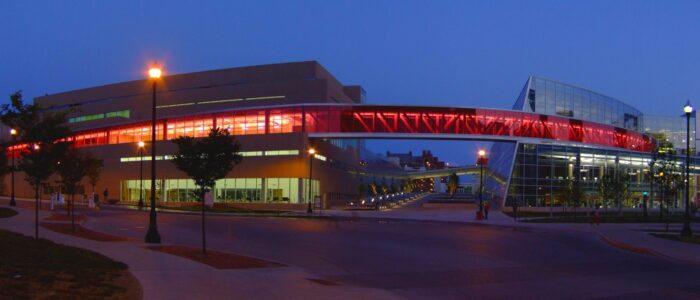
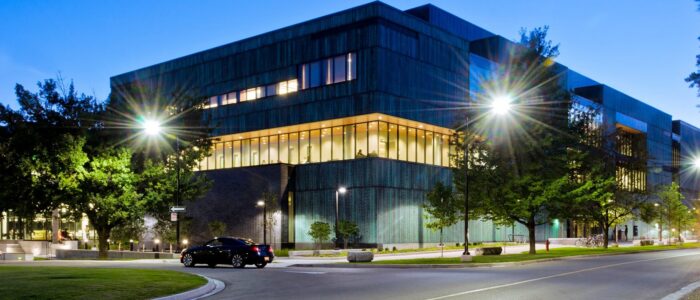
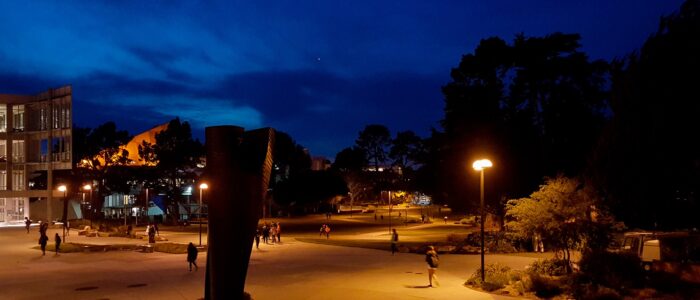
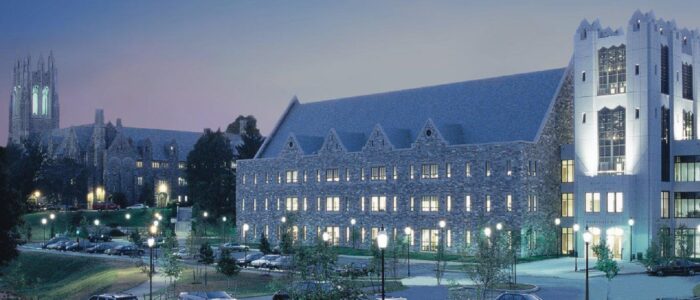

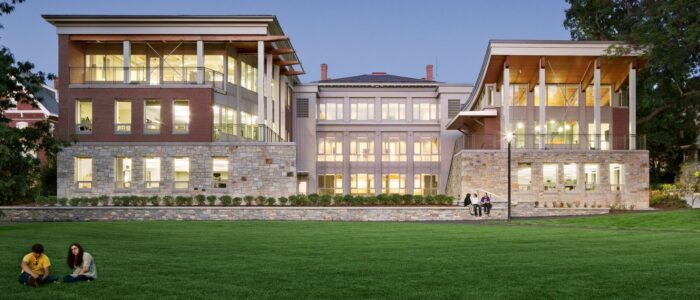
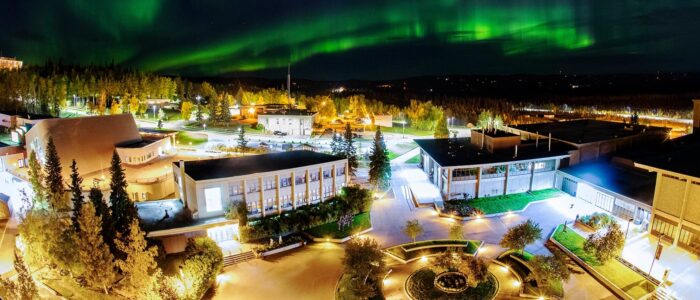
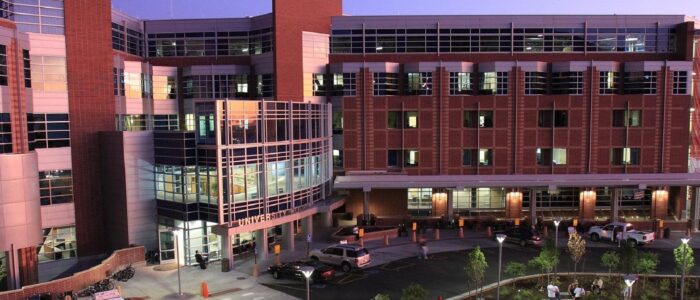
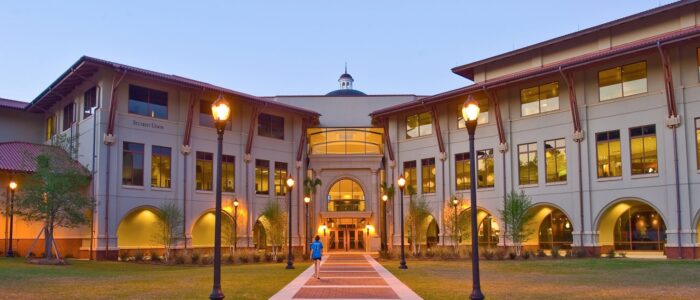
The Illumination Engineering Society (IES) is one of the first names in non-profit trade associations whose consensus documents are heavily referenced in the specifications of building construction projects for the US education industry. We are following developments in a few technical committees put together by the IES who set the standard of care for illumination technologies by integrating leading practice consensus in other consensus documents developed by the National Electrical Manufacturers Association (whose interest lies in leveling the playing field for its member manufacturers), the Institute for Electrical and Electronic Engineers (whose interest lies in the research activity), ASHRAE International. (whose interest lies in energy conservation), and NFPA International (whose interest lies in fire safety of lighting systems within building premises). There are a number of other trade associations that are participants in research and open source standards for faster moving parts of the illumination science. We will cover these in future posts.
For the moment, action in technical committee that develops definitions and nomenclature for lighting systems in all industries — ANSI/IES RP-16-10 Nomenclature and Definitions for Illuminating Engineering — has released a redline for public review:
ANSI Standards Action – January 5, 2018 – Pages 28-32
Comments are due February 4, 2018. You are encouraged to send comments directly to IES (with copy to psa@ansi.org) c/o pmcgillicuddy@ies.org. Application information to participate in the IES process is available at this link: https://www.ies.org/standards/technical-committees/
We will place this on the agenda of our next Open Door teleconference (every Wednesday, 11:00 AM Eastern) which is open to everyone with the login information below:
Issue: [15-236]
ATIS Call for Members
The Alliance for Telecommunications Industry Solutions (ATIS), an ANSI-accredited consensus standards developer, brings together the top global information and communication and technology (ICT) companies to advance the industry’s most pressing business priorities. ATIS gives its 150 members a strategic view of the future of technology in the industry through access to the insights of the Chief Technology Officers of the leading ICT companies.
ATIS is currently seeking to broaden the membership base of its ANSI consensus bodies and is interested in new members to participate in its initiatives, including emergency services, sustainability, energy efficiency, network synchronization, and wireless technologies. Of particular interest is membership from the government, academia, and user (communications service provider) communities. Membership and participation in ATIS’ activities is open to all organizations as defined in its operating procedures. More information is available at www.atis.org or by e-mail from membership@atis.org.
Link to ANSI Standards Action Announcement Page 11.
Perspective:
• ANSI accredits individual organizations as standards developing organizations (SDO’s); not individual standards. An SDO may develop a document that, from a practical standpoint, cannot be developed in accordance with the rigorous ANSI requirement for balance and may be directly or indirectly identified as such. That document may benefit from the “halo-effect” of other documents in the SDO suite that are. This possibility is the economic reality imposed by the market or the technology — especially in fast moving spaces such as ICT which does not impose as much of a risk to public safety as, say, fire (though public safety communications systems are mission-critical). Other organizations — such as the Institute for Electrical and Electronic Engineers, the International Code Council and the American Society of Heating and Refrigeration Engineers — all produce documents that do not, and frequently cannot, follow the ANSI balance of interest requirement. These documents are effectively “open source” documents; the subject of a separate discussion.
• The “academic interest” frequently (but not always) claimed by standards developers in every nation is a nuanced interest category. Participation in ANSI accredited document development by a subject matter expert directly employed by a school district, college or university does not necessarily mean the interest of the User stakeholder is represented. A large number of faculty are consultants for manufacturers and compliance (general) interests and work on the academic/research side of the institution — not the business side of the institution which provides the market for ICT manufacturers.
• The sparse participation by the user/owner/final fiduciary in the education industry in standards development is usually not because of any shortcoming of the SDO such as ATIS (as this Call for Members demonstrates). The sparse participation is ultimately the problem of participatory democracy seen in the standards systems of many nations; explained more fully in our ABOUT. The large number of trade associations in the education industry – compared with other industries such as energy and finance — diminishes its ability to participate and advocate in ICT and other economic spaces.
The ATIS suite, and all other technical and business standards suites are standing agenda items on our weekly Wednesday, 11 AM teleconferences which are open to everyone and accessible online at this link: Standards Michigan Open Door Teleconference Login Credentials.
NIST | Cybersecurity Framework
The U.S. Commerce Department’s National Institute of Standards and Technology (NIST) has issued the second draft of the proposed update to the Framework for Improving Critical Infrastructure Cybersecurity—also known as the Cybersecurity Framework. The American National Standards Institute (ANSI) encourages all relevant stakeholders to submit draft comments to NIST by the deadline on Friday, January 19, 2018.
Created through collaboration between industry and government, the Cybersecurity Framework was released in 2014 as a result of an executive order signed by former President Barack Obama, “Improving Critical Infrastructure Cybersecurity.” The framework consists of standards, guidelines, and practices to promote the protection of critical infrastructure, and uses a common language to address and manage cybersecurity risk in a cost-effective way based on business needs without placing additional regulatory requirements on business.
The second draft aims to clarify, refine, and enhance the framework, amplifying its value and making it easier to use. The latest draft reflects comments received to date, including those from a public review process launched in January 2017 and a workshop in May 2017.
ANSI encourages its stakeholders to submit comment for the latest draft of Cybersecurity Framework version 1.1 and the draft Roadmap, are due to NIST by 11:59 PM on Friday, January 19, 2018 via cyberframework@nist.gov. NIST reports that it anticipates finalizing Cybersecurity Framework version 1.1 in Spring 2018.
ASHRAE 209 | Energy Simulation Aided Design for Buildings
This content is accessible to paid subscribers. To view it please enter your password below or send mike@standardsmichigan.com a request for subscription details.
NFPA 10XX | Safety Personnel Qualification Standards
This content is accessible to paid subscribers. To view it please enter your password below or send mike@standardsmichigan.com a request for subscription details.
New update alert! The 2022 update to the Trademark Assignment Dataset is now available online. Find 1.29 million trademark assignments, involving 2.28 million unique trademark properties issued by the USPTO between March 1952 and January 2023: https://t.co/njrDAbSpwB pic.twitter.com/GkAXrHoQ9T
— USPTO (@uspto) July 13, 2023
Standards Michigan Group, LLC
2723 South State Street | Suite 150
Ann Arbor, MI 48104 USA
888-746-3670



